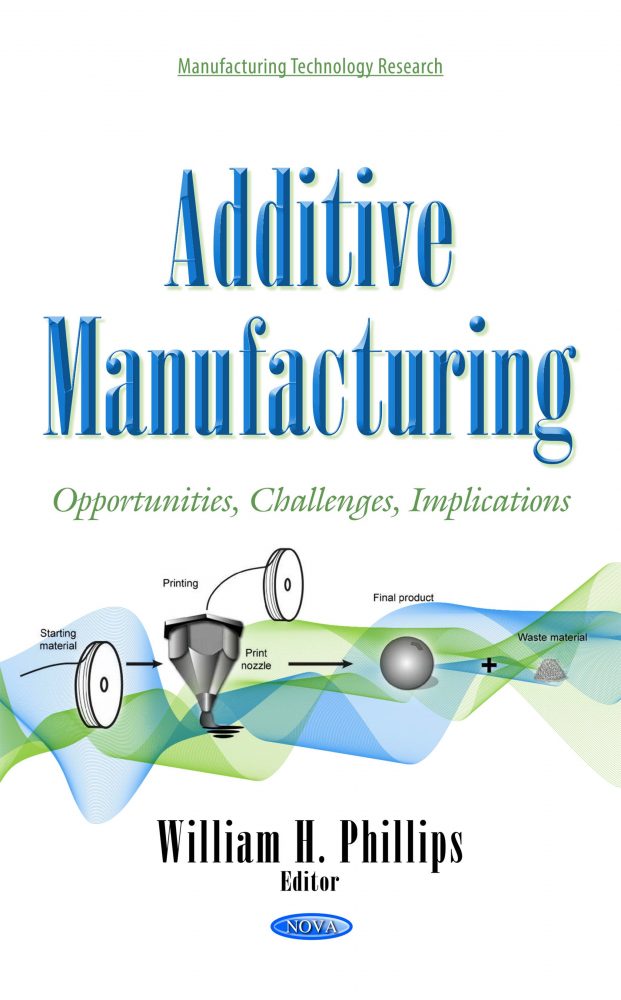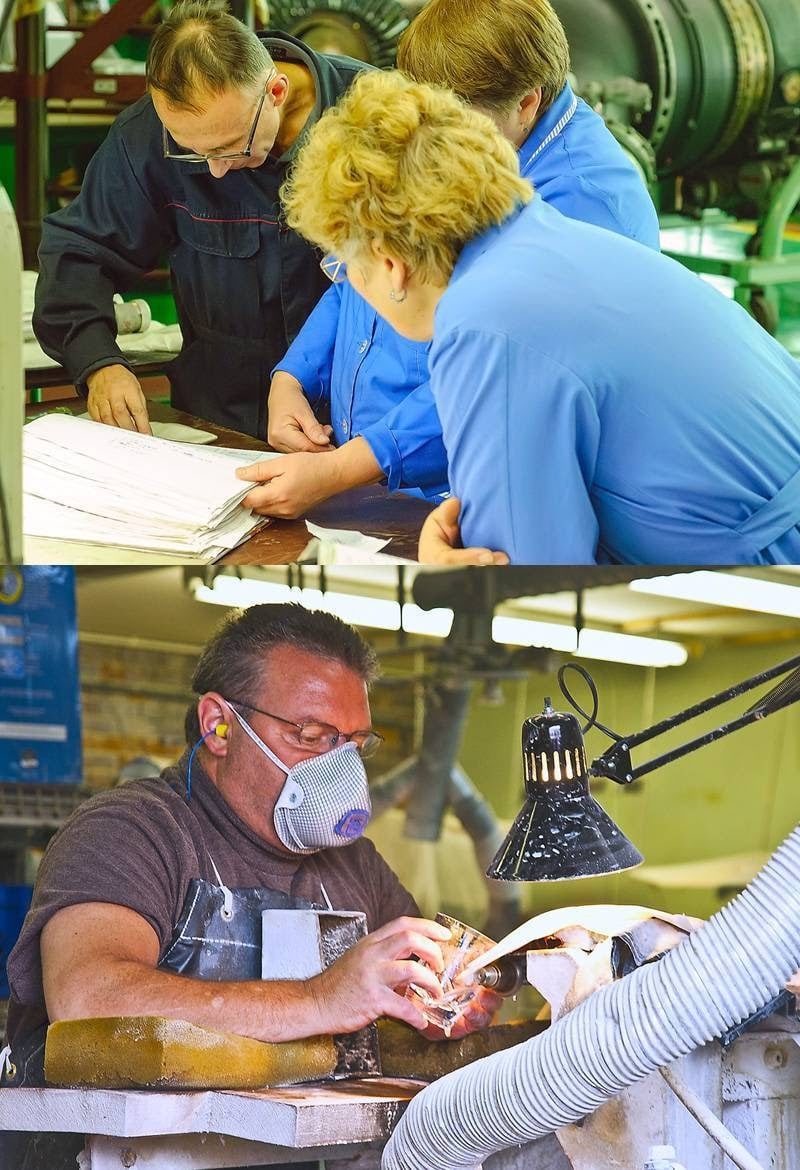American Manufacturing: Challenges And Opportunities

Table of Contents
Challenges Facing American Manufacturing
The resurgence of American manufacturing requires a frank assessment of the headwinds it currently faces. These challenges, while significant, are not insurmountable, and addressing them strategically is vital for the industry's future success.
Rising Labor Costs and Skills Gap
One of the most pressing challenges for American manufacturing is the rising cost of labor compared to other countries, particularly in emerging markets. This is exacerbated by a significant skills gap, a shortage of skilled workers capable of operating advanced machinery and implementing innovative technologies. The manufacturing industry needs a workforce proficient in automation, robotics, and data analytics—skills often lacking in the current applicant pool.
- Difficulty attracting young talent: Manufacturing often struggles to compete with other sectors for young, skilled workers attracted to higher salaries and perceived greater prestige in technology and finance.
- Lack of sufficient vocational training programs: The US education system needs to adapt to provide more robust vocational training programs focused on the specific skills needed in modern manufacturing.
- Competition from automation: While automation offers opportunities, it also displaces workers, requiring retraining and upskilling initiatives to ensure a smooth transition and prevent exacerbating the skills gap.
Global Competition and Trade Wars
American manufacturers are constantly battling intense global competition, facing pressure from lower labor costs and cheaper imports from countries with more favorable trade policies. Trade wars and fluctuating tariffs further complicate the landscape, creating uncertainty and instability for businesses. Navigating this intricate web of international trade requires strategic agility and a deep understanding of global market dynamics.
- Impact of cheaper imports: The influx of cheaper goods from overseas can undercut domestic manufacturers, making it difficult to compete on price.
- Navigating international trade agreements: Understanding and adapting to the complexities of international trade agreements and regulations is critical for success.
- Dealing with trade disputes: Trade wars and disputes can create unpredictable market conditions, impacting supply chains and profitability.
Supply Chain Disruptions and Resilience
Recent events, such as the COVID-19 pandemic and various natural disasters, have starkly revealed the vulnerabilities of global supply chains. The reliance on overseas suppliers has exposed American manufacturers to disruptions that can severely impact production and profitability. Building more resilient and diversified supply chains is crucial for future stability.
- Importance of near-shoring and reshoring: Bringing manufacturing closer to home, either through near-shoring (relocating to nearby countries) or reshoring (returning production to the US), can mitigate supply chain risks.
- Investing in domestic suppliers: Strengthening relationships with and investing in domestic suppliers ensures greater reliability and reduces dependence on overseas sources.
- Improving supply chain visibility and tracking: Implementing advanced technologies to track goods and monitor supply chain processes in real-time enhances resilience and allows for proactive responses to potential disruptions.
Opportunities for Growth in American Manufacturing
Despite the challenges, American manufacturing possesses immense potential for growth and innovation. By embracing new technologies and focusing on strategic initiatives, the sector can unlock significant opportunities for economic prosperity and job creation.
Technological Advancements and Automation
Automation and advanced technologies, including artificial intelligence (AI), robotics, and 3D printing, offer transformative opportunities for American manufacturing. These technologies can significantly boost productivity, efficiency, and quality while creating high-skilled jobs in areas like automation engineering and data science.
- Increased productivity through automation: Automation can streamline processes, reduce waste, and increase output, leading to greater competitiveness.
- Development of new manufacturing processes: Advanced technologies enable the creation of innovative manufacturing processes, leading to new product designs and capabilities.
- Improved product quality and consistency: Automation can minimize human error, leading to higher quality and more consistent products.
Reshoring and Nearshoring Initiatives
The trend of reshoring and near-shoring represents a significant opportunity for American manufacturing. Companies are increasingly recognizing the benefits of bringing production closer to home, reducing transportation costs, improving supply chain control, and supporting domestic jobs. Government policies promoting these initiatives can further accelerate this positive trend.
- Reduced transportation costs: Locating manufacturing closer to the market reduces shipping expenses and delivery times.
- Improved supply chain control: Greater control over the supply chain reduces the risk of disruptions and ensures higher reliability.
- Support for domestic jobs: Reshoring and near-shoring create jobs within the US, boosting the economy and strengthening communities.
Focus on Sustainability and Green Manufacturing
The growing global focus on sustainability presents another significant opportunity for American manufacturing. Consumers and businesses are increasingly demanding environmentally friendly products and processes, creating a market for innovative sustainable materials and manufacturing practices.
- Reduced carbon footprint: Adopting sustainable practices minimizes the environmental impact of manufacturing operations.
- Improved energy efficiency: Investing in energy-efficient technologies and processes reduces operating costs and environmental impact.
- Use of recycled materials: Utilizing recycled materials reduces waste and dependence on virgin resources.
Conclusion: Investing in the Future of American Manufacturing
American manufacturing faces significant challenges, including rising labor costs, global competition, and supply chain vulnerabilities. However, the opportunities for growth are equally substantial, driven by technological advancements, reshoring initiatives, and the growing demand for sustainable manufacturing. By strategically addressing these challenges and embracing the opportunities, the US can revitalize its manufacturing sector, creating a more robust, competitive, and sustainable economy. Embrace the future of American manufacturing by exploring the resources available to support this vital sector and discover the innovative opportunities it offers. The strength of American manufacturing is inextricably linked to the strength of the US economy – let's invest in its future.

Featured Posts
-
 Iva Sofiyanska Izplyu Kamcheto I Zascho Ya Uvolnikha Ot Televiziyata
Apr 29, 2025
Iva Sofiyanska Izplyu Kamcheto I Zascho Ya Uvolnikha Ot Televiziyata
Apr 29, 2025 -
 Shen Yuns Elegant Performance Returns To Mesa
Apr 29, 2025
Shen Yuns Elegant Performance Returns To Mesa
Apr 29, 2025 -
 Obstacles To Producing All American Products
Apr 29, 2025
Obstacles To Producing All American Products
Apr 29, 2025 -
 Rocket Launch Abort Blue Origin Cites Subsystem Failure
Apr 29, 2025
Rocket Launch Abort Blue Origin Cites Subsystem Failure
Apr 29, 2025 -
 Die Wichtigsten Deutschen Duelle Der Champions League Geschichte
Apr 29, 2025
Die Wichtigsten Deutschen Duelle Der Champions League Geschichte
Apr 29, 2025
